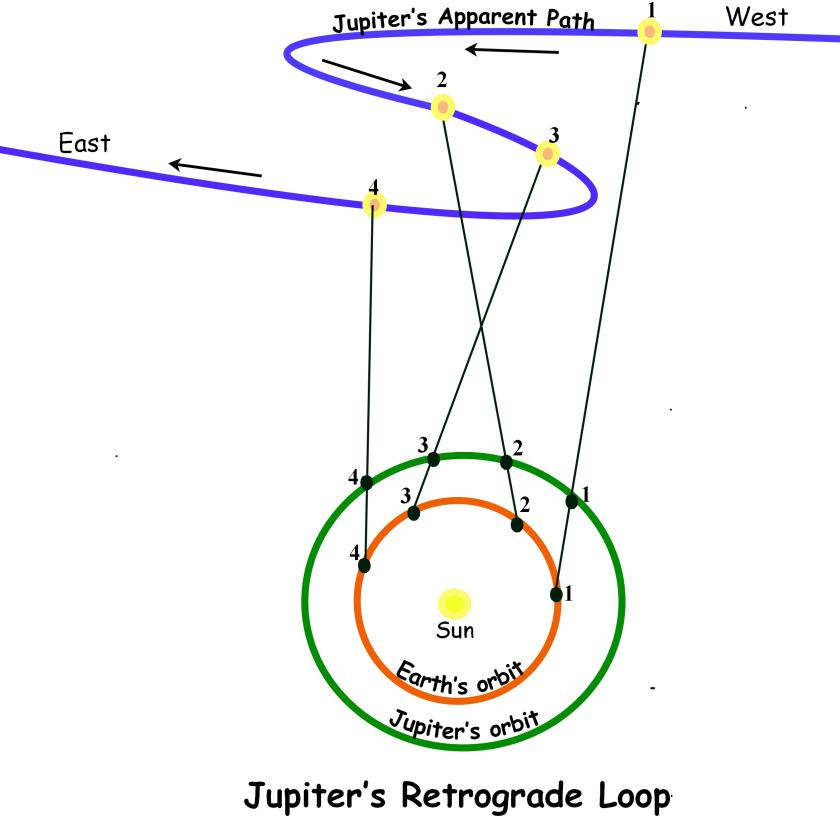depthseeker
New member
It seems like there's some dispute on this point.
In Demetra George's "Astrology and the Authentic Self" (p. 61), she writes that "When a planet... [makes a heliacal rising or setting] or makes a station direct or retrograde within seven days before or after the birth... phasis occurs...[this] indicates an intensification of its energies; the significations of that planet saturate the life, for better or worse..."
Whereas in John Frawley's The Horary Textbook, revised ed., p. 66: "Station is a time of great weakness and vulnerability for a planet. Only the strongest of extenuating circumstances will render it capable of action at such times."
And in this article, it's said:
In Ptolemy’s Tetrabiblos, we read that stationary planets are akin to rising planets in terms of their potency. Ptolemy believed that a stationary planet — far from being weak or afflicted — was arguably one of the most powerful planets in a chart. Whether Ptolemy was an astrologer or simply a scribe who catalogued the astrological consensus of his time, his view was that stationary planets were very strong indeed:
Which of these views do you consider to be correct and why?
In Demetra George's "Astrology and the Authentic Self" (p. 61), she writes that "When a planet... [makes a heliacal rising or setting] or makes a station direct or retrograde within seven days before or after the birth... phasis occurs...[this] indicates an intensification of its energies; the significations of that planet saturate the life, for better or worse..."
Whereas in John Frawley's The Horary Textbook, revised ed., p. 66: "Station is a time of great weakness and vulnerability for a planet. Only the strongest of extenuating circumstances will render it capable of action at such times."
And in this article, it's said:
In Ptolemy’s Tetrabiblos, we read that stationary planets are akin to rising planets in terms of their potency. Ptolemy believed that a stationary planet — far from being weak or afflicted — was arguably one of the most powerful planets in a chart. Whether Ptolemy was an astrologer or simply a scribe who catalogued the astrological consensus of his time, his view was that stationary planets were very strong indeed:
Which of these views do you consider to be correct and why?




